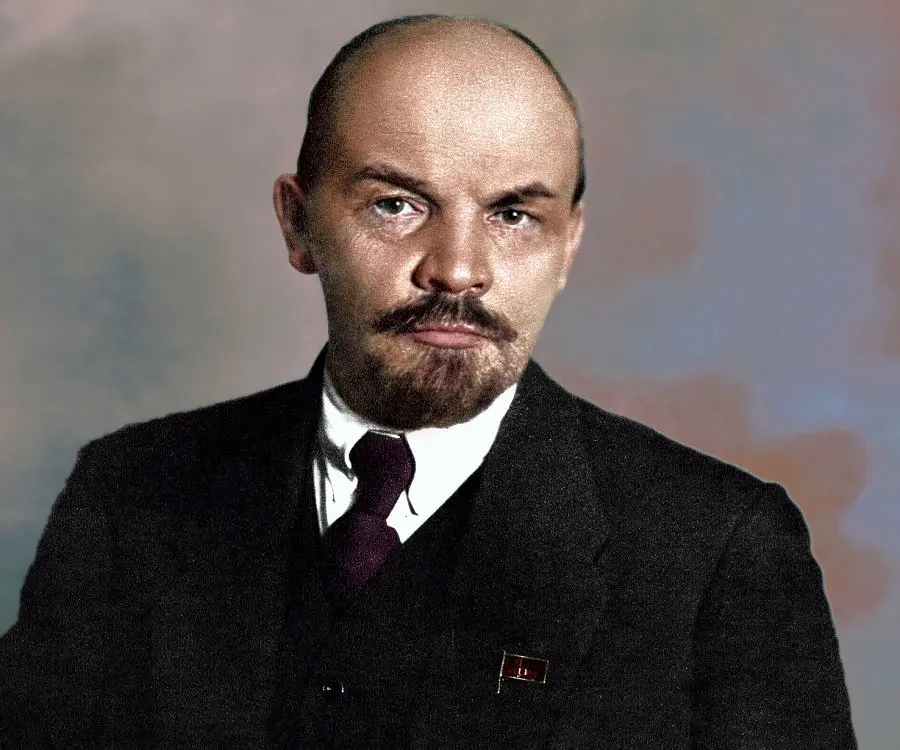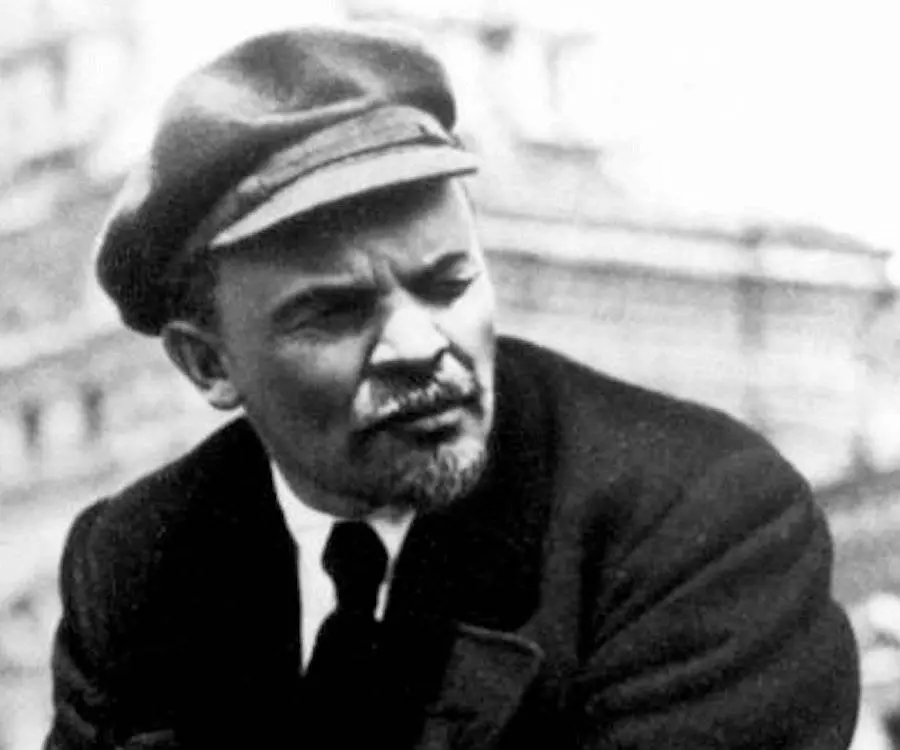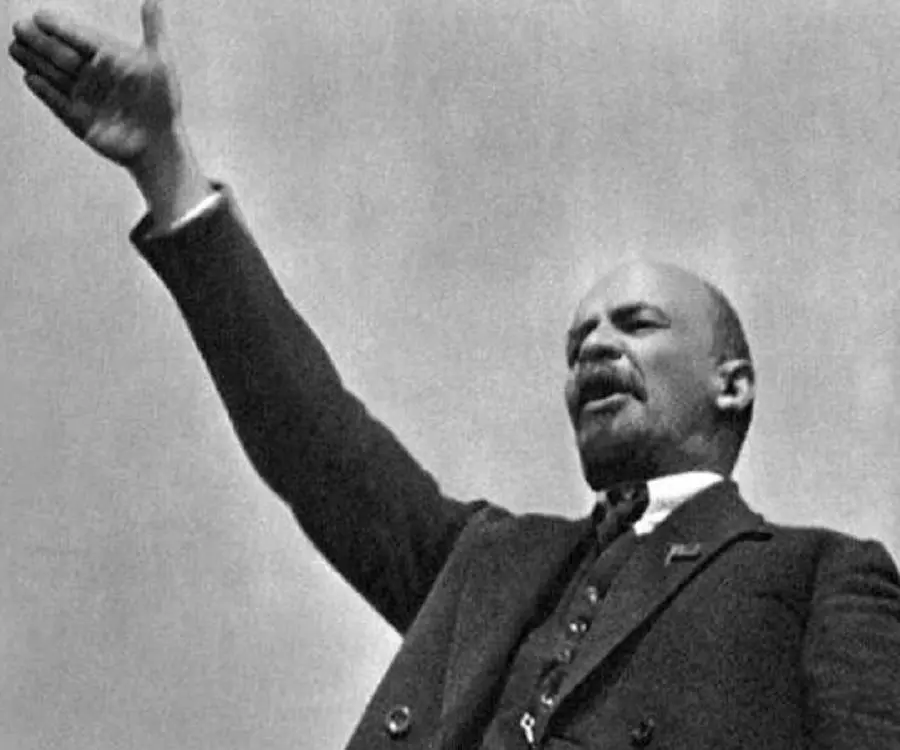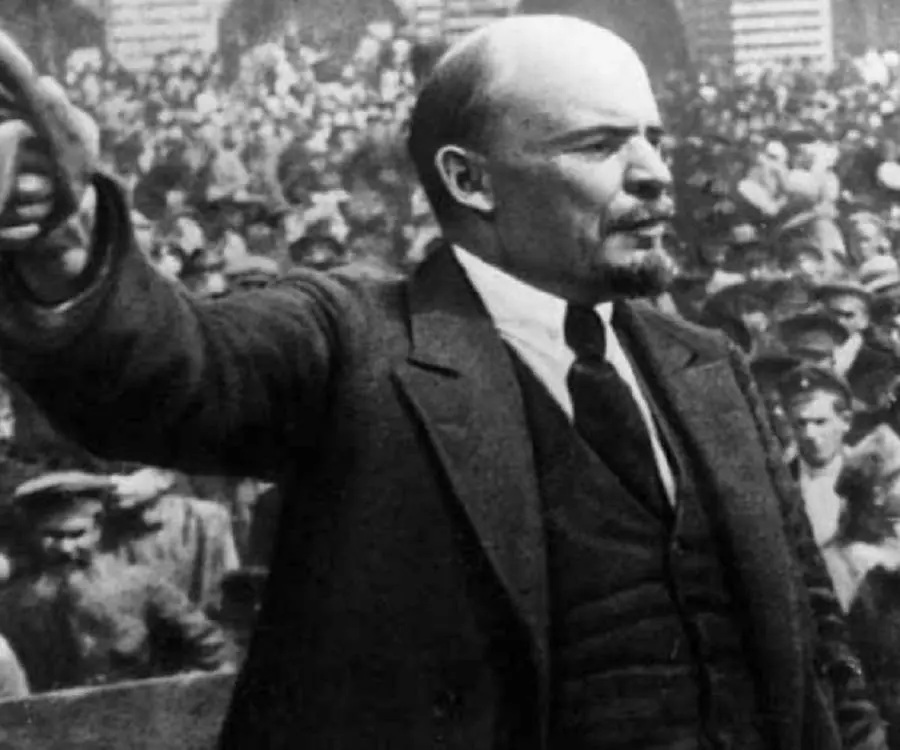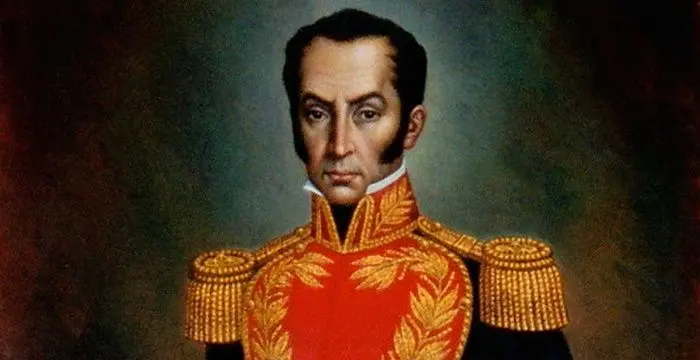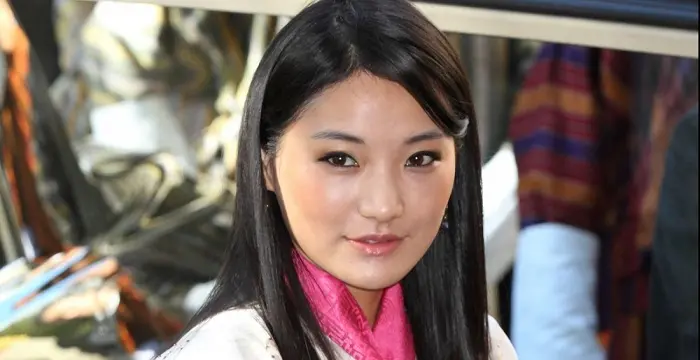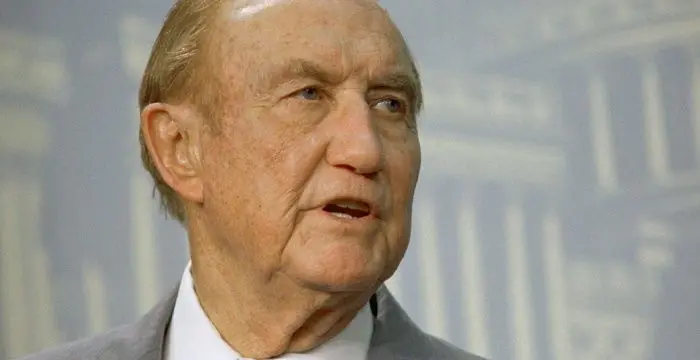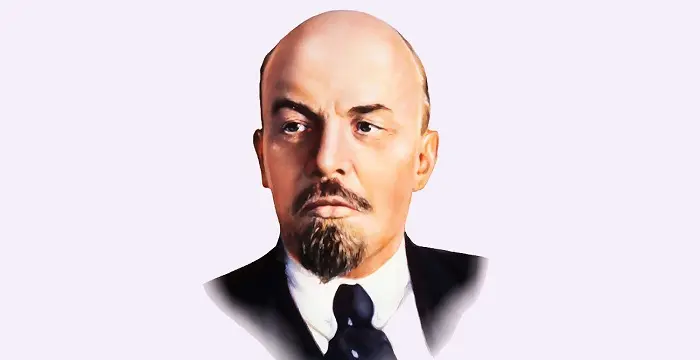
Vladimir Lenin - Head of Communist Party, Timeline and Childhood
Vladimir Lenin's Personal Details
Vladimir Lenin was a communist revolutionary who led the famous October revolution in Russia
| Information | Detail |
|---|---|
| Birthday | April 22, 1870 |
| Died on | January 21, 1924 |
| Nationality | Russian |
| Famous | Communists, Historical Personalities, Philosophers, Political Leaders, Head of Communist Party, Revolutionary |
| Ideologies | Communists |
| Spouses | Nadezhda Krupskaya (m. 1898–1924) |
| Siblings | Aleksandr Ulyanov, Anna Ilichina Ulianov, Dimitri Ilich Ulianov, Mariya Ilichina Ulianov, Nikolai Ilich Ulianov, Olga Ilichina Ulianov |
| Universities |
|
| Birth Place | Ulyanovsk |
| Political Ideology | Russian Social Democratic Labour Party, Russian Communist Party (bolsheviks) |
| Gender | Male |
| Father | Ilya Ulyanov |
| Mother | Maria Alexandrovna Blank |
| Sun Sign | Taurus |
| Born in | Ulyanovsk |
| Famous as | Russian Revolutionary & Head of Communist Party |
| Died at Age | 53 |
Vladimir Lenin's photo
Who is Vladimir Lenin?
A communist philosopher, founder of the Soviet Republic and a devout follower of Marxist views, Vladimir Lenin is remembered as the leader of the Bolshevik Party, who played a pivotal role in reshaping Russia. Considered by some as a saint and others, as a dictator, Lenin proposed state capitalism reforms for Russia, which brought about a radical change in the country. Lenin, one of the most discussed leaders of the 20th century, fuelled the Bolshevik revolution and later, took over as the ‘Premier’ of the newly formed Union of Soviet Socialist Republics (USSR). His ideologies combined with those of Karl Marx, collectively came to be known as ‘Marxism-Leninism’, a doctrine that paved way for a number of radical schools of thought, such as Trotskyism, Maoism and Stalinism. His administration oversaw the execution of many social reformative measures, mechanization and the implementation of the ‘New Economic Policy’. This leader of the Bolshevik bloc was one of the main orchestrators of the infamous October Revolution during World War I, which was basically influenced by one of his best known works, ‘The April Theses’. A controversial leader, Lenin was an extremely hard-working person, blessed with impeccable oratory skills and also had a penchant for humor. Scroll further for more.
// Famous Revolutionary
Simon Bolivar
Simón Bolívar was a Venezuelan military leader who was instrumental in independence of several Latin American countries from the Spanish rule. This biography profiles his childhood, life, achievements and timeline.
Georges Danton
Georges Danton was a French revolutionary. This biography provides detailed information about his childhood, family, personal life, achievements, etc.
Manuela Sáenz
Manuela Saenz was an iconic South American revolutionary who played a key role in the liberation of New Granada. Check out this biography to know about her childhood, life, achievements, works & timeline.
Family Background & Early Years
Vladimir Ilyich Lenin was the third of the six children born to Ilya Nikolayevich Ulyanov and Maria Alexandrovna Blank, both of whom were from affluent backgrounds.
His father was a prominent Russian schoolmaster, who received numerous honors for his work in the field of education. His mother, the daughter of a Jewish doctor, was well-versed in Russian literature and insisted that her children receive quality education.
Lenin’s elder brother, Alexsandr Sacha was a gold-medalist from St. Petersburg University and later became involved in political agitations against Tsar Alexander III. He organized several protests and was soon arrested and executed on April 25, 1887, on charges of conspiracy against the Tsar.
Early Radical Activities & Exile
Though distraught after the deaths of his father and his elder brother, he continued his studies and received a gold medal for his exceptional performance in school. He started pursuing law at the Kazan University in 1887.
At the university, he became interested in his late brother’s ideologies and soon started taking part in student protests and was consequently expelled. Around this time, he became influenced with Karl Marx and joined St. Petersburg University, where he finally completed his law studies and later passed the bar exams.
In 1892, he was appointed as a barrister but continued to devote his time to radical political activities, formulating ideas for the application of the Marxist ideology to reform Russia. He soon became a member of the ‘Social Democrats’ group, which was run by cell member, S.I. Radchenko.
In a few years, revolutionary cells in Russia grew manifold and by 1894, Lenin, himself was the leader of a cell, and wrote his first political treatise, ‘What the Friends of the People Are and How They Fight the Social-Democrats’. Despite being banned, it sold over 200 copies illegally.
He was soon arrested, along with his coworkers, for his revolutionary activities and was exiled to Siberia for 3 years, where he met his future wife, Nadezhda Krupskaya.
Due to their radical works being constantly monitored by the Russian constabularies, Lenin and Nadezhda moved to Munich, Germany, for a brief period, where they continued their Russian propaganda.
In 1900, he launched the newspaper, ‘Iskra’, meaning the ‘Spark’, expediting the prevalent Russian-Marxist movement and bringing the non-Russian Marxists also into the revolution.
The Russian Revolution, Re-Exile & World War I
In 1904, Russia was at war with Japan and it had an intense impact on the Russian society, causing people to object and call for a political reform.
Lenin seized the opportunity and returned to St. Petersburg in 1905 to support the Russian Revolution and was soon elected as President of the streamlined Russian Social Democratic Labor Party (RSDLP).
In order to end the Russian Revolution and to pacify the agitated Russian citizens, Tsar Nicholas II formed a legislative assembly known as the ‘Duma’. However, Lenin was far from satisfied with the formation of the new assembly and moved to Geneva, Switzerland, in 1905.
During his voluntary exile in Switzerland, he travelled throughout Europe and partook in numerous socialist-Marxist activities. He even authored ‘Materialism and Empirio-criticism’, published in 1909.
At the outbreak of World War I, most Social Democratic parties supported the war efforts in their respective homelands but Lenin’s views of the war were far from supportive. In order to get away from the war chaos, he moved back to neutral Switzerland where he joined the Zimmerwald Conference, an anti-war socialist conference group.
In 1916, Lenin authored ‘Imperialism, the Highest Stage of Capitalism’, presenting a fusion of ideologies of other revolutionaries like Rudolf Hilferding, Karl Kautsky and John A. Hobson and describing the prevalent capitalist competition of World War I. He believed that the participation of the French and the British in World War I was largely influenced by their imperialistic and capitalistic interests and Russia was being used as a puppet.
In the beginning of 1917, Tsar Nicholas II had to abdicate the throne and amidst growing unrest an interim government came to power. During this time, Lenin was still in Zurich and when he learnt of the new development, he was determined to return to his homeland at once and strengthen the revolution.
On April 16, 1917, he returned to Petrograd, Russia and was welcomed by an overwhelming crowd. He turned to the crowd and addressed them on the significance of the impending Russian Revolution. ‘Hail to the Global Socialist Revolution!’, he stated.
He called for a new socialist revolution and even though he was met with fierce opposition, with the help of his supporters he spread anarchy all over Russia. Lenin used his oratory abilities to great effect and it worked its magic on the infuriated Russian crowd.
After a failed coup against the temporary government in August 1917, fearing imprisonment he fled to Finland with his followers. Some of his oldest supporters were taken aback when he suggested an armed rebellion.
In October 1917, Lenin returned to Russia and started October Revolution which ultimately led to de facto transfer of power to the revolutionary forces. After the armed rebellion overthrew the provisional government and successfully established the Bolshevik government, the Soviet Council of People’s Commissaries was created and Lenin was made its leader. It was during this time, he issued one decree after another pertaining to the supply of land to peasants and handing over control of the factories to the workers.
After the armed rebellion overthrew the provisional government and successfully established the Bolshevik government, the Soviet Council of People’s Commissaries was created and Lenin was made its leader. It was during this time, he issued one decree after another pertaining to the supply of land to peasants and handing over control of the factories to the workers.
He signed a peace treaty with Germany, which caused resentment among his fellow party members. The peace treaty failed and the Germans attacked Russia leaving Lenin no choice but to shift the Soviet Government headquarters from Petrograd to Moscow on March 11, 1918.
The Russian economy was badly affected by the end of the war and to promote its quick recovery, he initiated the GOELRO plan, the first ever national recovery directive. He also established a number of health care and educational institutions and advocated civil rights for women.
On December 20, 1917, the ‘Cheka’, an emergency commission was created to defend the Russian Revolution, which Lenin publicized over the radio and gramophone.
The same year, Armenia, Azerbaijan and Georgia were annexed to Russia and he defended these forceful annexations and called it a geopolitical move which intends to protect these countries from impending attacks.
// Famous Historical Personalities
Sundiata Keita
Sundiata Keita was the founder of the Mali Empire in West Africa. This biography profiles his childhood, early life, struggles, founding of empire, rule, administration, achievements and also gives some fun facts.
Ashoka
Ashoka was the third emperor of the Mauryan Dynasty and ruled almost the entire Indian subcontinent. This biography profiles his childhood, life, reign, achievements and timeline
Jetsun Pema
Jetsun Pema is the Queen consort of Bhutan. Check out this biography to know about her childhood, family life, achievements and fun facts about her life.
Vladimir Lenin's awards
| Year | Name | Award |
|---|---|---|
Other | ||
| 0 | 1885 - Gold medal | |
Vladimir Lenin biography timelines
- // 1887Lenin’s elder brother, Alexsandr Sacha was a gold-medalist from St. Petersburg University and later became involved in political agitations against Tsar Alexander III. He organized several protests and was soon arrested and executed on April 25, 1887, on charges of conspiracy against the Tsar.
- // 1887Though distraught after the deaths of his father and his elder brother, he continued his studies and received a gold medal for his exceptional performance in school. He started pursuing law at the Kazan University in 1887.
- // 1892In 1892, he was appointed as a barrister but continued to devote his time to radical political activities, formulating ideas for the application of the Marxist ideology to reform Russia. He soon became a member of the ‘Social Democrats’ group, which was run by cell member, S.I. Radchenko.
- // 1894In a few years, revolutionary cells in Russia grew manifold and by 1894, Lenin, himself was the leader of a cell, and wrote his first political treatise, ‘What the Friends of the People Are and How They Fight the Social-Democrats’. Despite being banned, it sold over 200 copies illegally.
- // 1898Vladimir Lenin married Nadezhda Krupskaya on July 10, 1898, whom he met in Siberia.
- // 1904In 1904, Russia was at war with Japan and it had an intense impact on the Russian society, causing people to object and call for a political reform.
- // 1905Lenin seized the opportunity and returned to St. Petersburg in 1905 to support the Russian Revolution and was soon elected as President of the streamlined Russian Social Democratic Labor Party (RSDLP).
- // 1905In order to end the Russian Revolution and to pacify the agitated Russian citizens, Tsar Nicholas II formed a legislative assembly known as the ‘Duma’. However, Lenin was far from satisfied with the formation of the new assembly and moved to Geneva, Switzerland, in 1905.
- // 1909During his voluntary exile in Switzerland, he travelled throughout Europe and partook in numerous socialist-Marxist activities. He even authored ‘Materialism and Empirio-criticism’, published in 1909.
- // 1916In 1916, Lenin authored ‘Imperialism, the Highest Stage of Capitalism’, presenting a fusion of ideologies of other revolutionaries like Rudolf Hilferding, Karl Kautsky and John A. Hobson and describing the prevalent capitalist competition of World War I. He believed that the participation of the French and the British in World War I was largely influenced by their imperialistic and capitalistic interests and Russia was being used as a puppet.
- // 1917In the beginning of 1917, Tsar Nicholas II had to abdicate the throne and amidst growing unrest an interim government came to power. During this time, Lenin was still in Zurich and when he learnt of the new development, he was determined to return to his homeland at once and strengthen the revolution.
- // 16th Apr 1917On April 16, 1917, he returned to Petrograd, Russia and was welcomed by an overwhelming crowd. He turned to the crowd and addressed them on the significance of the impending Russian Revolution. ‘Hail to the Global Socialist Revolution!’, he stated.
- // Aug 1917After a failed coup against the temporary government in August 1917, fearing imprisonment he fled to Finland with his followers. Some of his oldest supporters were taken aback when he suggested an armed rebellion.
- // Oct 1917In October 1917, Lenin returned to Russia and started October Revolution which ultimately led to de facto transfer of power to the revolutionary forces. After the armed rebellion overthrew the provisional government and successfully established the Bolshevik government, the Soviet Council of People’s Commissaries was created and Lenin was made its leader. It was during this time, he issued one decree after another pertaining to the supply of land to peasants and handing over control of the factories to the workers.
- // Dec 1917On December 20, 1917, the ‘Cheka’, an emergency commission was created to defend the Russian Revolution, which Lenin publicized over the radio and gramophone.
- // Mar 1918He signed a peace treaty with Germany, which caused resentment among his fellow party members. The peace treaty failed and the Germans attacked Russia leaving Lenin no choice but to shift the Soviet Government headquarters from Petrograd to Moscow on March 11, 1918.
- // 1921In 1921, he abolished the ‘war communism’ campaign and introduced a more liberal ‘New Economic Policy’, which helped stabilize the Russian economy. To propagate his ideology throughout the world Lenin advocated a world revolution and set up the ‘Comintern’, an international communist organization in Moscow.
- // 1923He also chaired the top government body, the Council of Peoples Commissars, which brought about immense social reforms. He resigned from his position in 1923, after suffering a series of strokes.
- // 21st Jan 1924During his lifetime, he suffered three strokes, which eventually led to his resignation. The strokes severely affected the right side of his body, and he was left mute and bed-ridden in the later part of his life, until his death on January 21, 1924. It was later established that he passed away due to neurosyphilis.
// Famous Political Leaders
Edi Rama
Edi Rama is the current Prime Minister of Albania. Check out this biography to know about his childhood, life, achievements, works & timeline.
Khalifa bin Zayed Al Nahyan
Sheikh Khalifa bin Zayed Al Nahyan is the current President of the United Arab Emirates (UAE). Check out this biography to know about his birthday, childhood, family life, achievements and fun facts about him.
Leo Varadkar
Cam Leo Varadkar is the current Taoiseach—the Prime Minister—of the Republic of Ireland. Check out this biography to know about his childhood, family life, achievements and other facts about his life.
Strom Thurmond
Strom Thurmond was an American politician, who represented the state of South Carolina in the United States senate for 48 years.
Solon
Solon was an Athenian lawmaker, poet and politician. He is considered as one of the ‘Seven Wise Men’ in Greek culture. This biography provides detailed information about his childhood, life, career, works, achievements and timeline.
Mohammed bin Salman
Mohammed bin Salman is the Crown Prince of Saudi Arabia and the heir apparent to the throne. Check out this biography to know about his childhood, family life, achievements and other facts about him.
Vladimir Lenin's FAQ
What is Vladimir Lenin birthday?
Vladimir Lenin was born at 1870-04-22
When was Vladimir Lenin died?
Vladimir Lenin was died at 1924-01-21
Where was Vladimir Lenin died?
Vladimir Lenin was died in Gorki Leninskiye
Which age was Vladimir Lenin died?
Vladimir Lenin was died at age 53
Where is Vladimir Lenin's birth place?
Vladimir Lenin was born in Ulyanovsk
What is Vladimir Lenin nationalities?
Vladimir Lenin's nationalities is Russian
What is Vladimir Lenin ideologies?
Vladimir Lenin's ideologies is Communists
Who is Vladimir Lenin spouses?
Vladimir Lenin's spouses is Nadezhda Krupskaya (m. 1898–1924)
Who is Vladimir Lenin siblings?
Vladimir Lenin's siblings is Aleksandr Ulyanov, Anna Ilichina Ulianov, Dimitri Ilich Ulianov, Mariya Ilichina Ulianov, Nikolai Ilich Ulianov, Olga Ilichina Ulianov
What was Vladimir Lenin universities?
Vladimir Lenin studied at Saint Petersburg State University, (1890 – 1891), Kazan Federal University, (1887 – 1888)
What is Vladimir Lenin's political ideology?
Vladimir Lenin's political ideology is Russian Social Democratic Labour Party, Russian Communist Party (bolsheviks)
Who is Vladimir Lenin's father?
Vladimir Lenin's father is Ilya Ulyanov
Who is Vladimir Lenin's mother?
Vladimir Lenin's mother is Maria Alexandrovna Blank
What is Vladimir Lenin's sun sign?
Vladimir Lenin is Taurus
How famous is Vladimir Lenin?
Vladimir Lenin is famouse as Russian Revolutionary & Head of Communist Party
